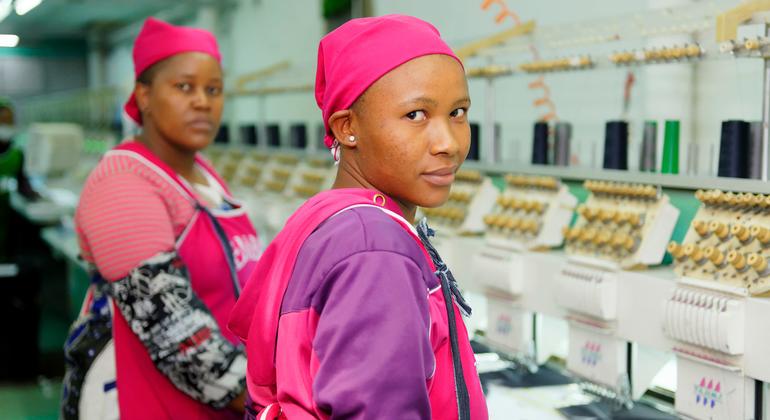The updated World Employment and Social Outlook report predicts that the global unemployment rate will be 4.9 per cent in 2024, slightly down from 5.0 per cent in 2023.
This represents a revision from the previous projection in January of 5.2 per cent for this year, which is expected to flatten in 2025, with unemployment remaining at 4.9 per cent.
‘Uneven playing field’
The report, however, points to a persistent lack of employment opportunities.
Currently, the number of people worldwide without a job but who want to work stands at 402 million. This includes 183 million people who are counted as unemployed.
Women, especially those in low-income countries, are disproportionately affected by the lack of job opportunities.
“Despite our efforts to reduce global inequalities, the labour market remains an uneven playing field, especially for women,” said ILO Director-General Gilbert F. Houngbo.
Inclusive policies needed
In low-income countries, more than one in five women, 22.8 per cent, are unable to find work, compared with almost one in seven men, or 15.3 per cent.
This contrasts with high-income countries, where the rate is nearly 10 per cent for women and 7.3 per cent for men.
Furthermore, although women in high-income countries earn 73 cents for every dollar earned by men, this figure drops to just 44 cents in low-income countries.
The report found that family responsibilities are behind much of these differences, “indicating that women’s disproportionate share of unpaid care work plays a major role in shaping gender employment gaps globally”.
Mr. Houngbo called for countries to work towards inclusive policies that take into considerations of all persons in the workforce.
“We must place inclusion and social justice at the core of our policies and institutions. Unless we do, we will fall short of our objective to ensure strong and inclusive development,” he said.


